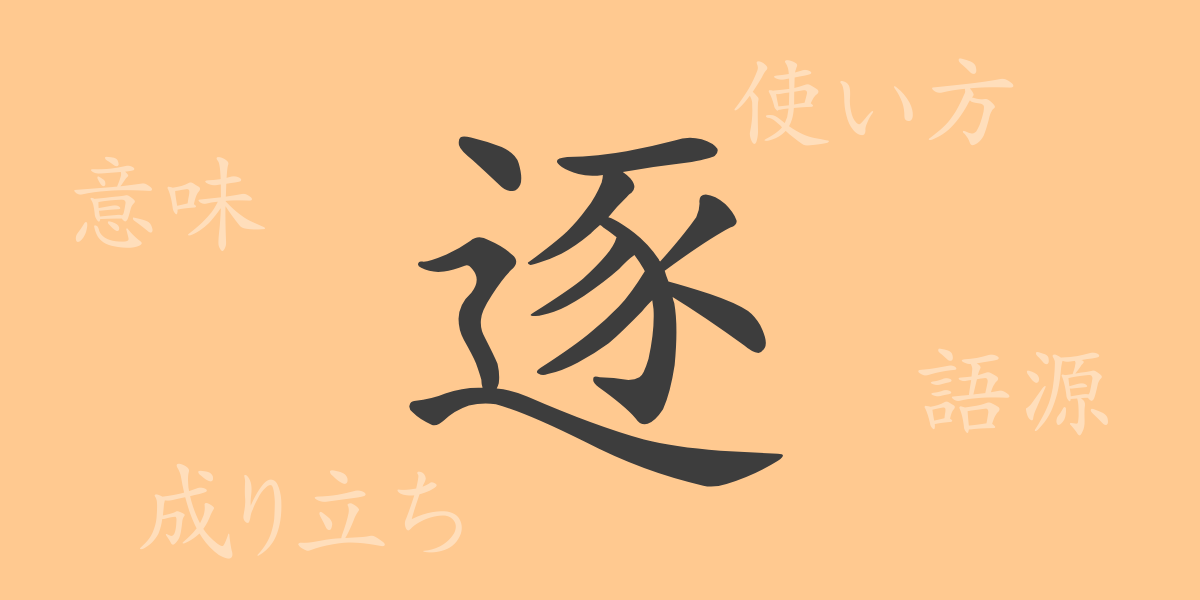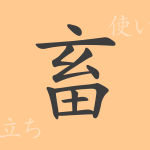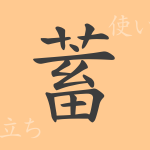The richness of the Japanese language is embodied in each kanji, including “逐(ちく),” which carries a deep history and a variety of meanings. Exploring the world of “逐” offers a deeper understanding of the allure of kanji for those interested in Japanese culture and language. This article delves into the origins, meanings, usages, readings, and even the idioms and proverbs associated with “逐.”
Origins of “逐(ちく)”
The kanji “逐” originated in ancient China, symbolizing a dog in pursuit, which was initially depicted as a pictograph of a dog chasing something. Over time, this character evolved into a more abstract form, coming to denote actions of pursuing or expelling. Today, it is used in various contexts in modern Japanese.
Meaning and Usage of “逐(ちく)”
“逐” carries meanings such as “to expel” or “to chase.” It is primarily used as a verb. In legal contexts, it can mean “banishment.” It is also used to indicate sequential actions, as in “one after another.” Typically, “逐” is used as part of compound words rather than as a standalone character.
Readings, Stroke Count, and Radical of “逐(ちく)”
“逐” has multiple readings and features in Japanese:
- Readings: On’yomi “チク” (chiku), no specific Kun’yomi.
- Stroke count: 9 strokes.
- Radical: 辵 (しんにょう), indicating movement.
Idioms, Phrases, and Proverbs Using “逐(ちく)”
The kanji “逐” is involved in numerous idioms and phrases that illustrate the richness of Japanese expression:
- 逐一(ちくいち) – Dealing with things one by one, in detail.
- 逐次(ちくじ) – Consecutively, in order.
- 逐電(ちくでん) – To send urgently by telegram.
- 逐条(ちくじょう) – Going through conditions or items one by one.
- 逐去(ちくきょ) – To drive away, to expel.
These phrases and idioms are based on “逐’s” foundational meanings of “chasing” or “expelling,” adapted to specific situations.
Summary on “逐(ちく)”
The kanji “逐” embodies a unique evolution from its pictographic origins to its various contemporary meanings and usages. In Japanese, “逐” continues to live through idioms and phrases, enriching our language. This article hopes to have brought you closer to understanding the depth hidden within this single kanji, appreciating the history and culture embedded in each character.

























